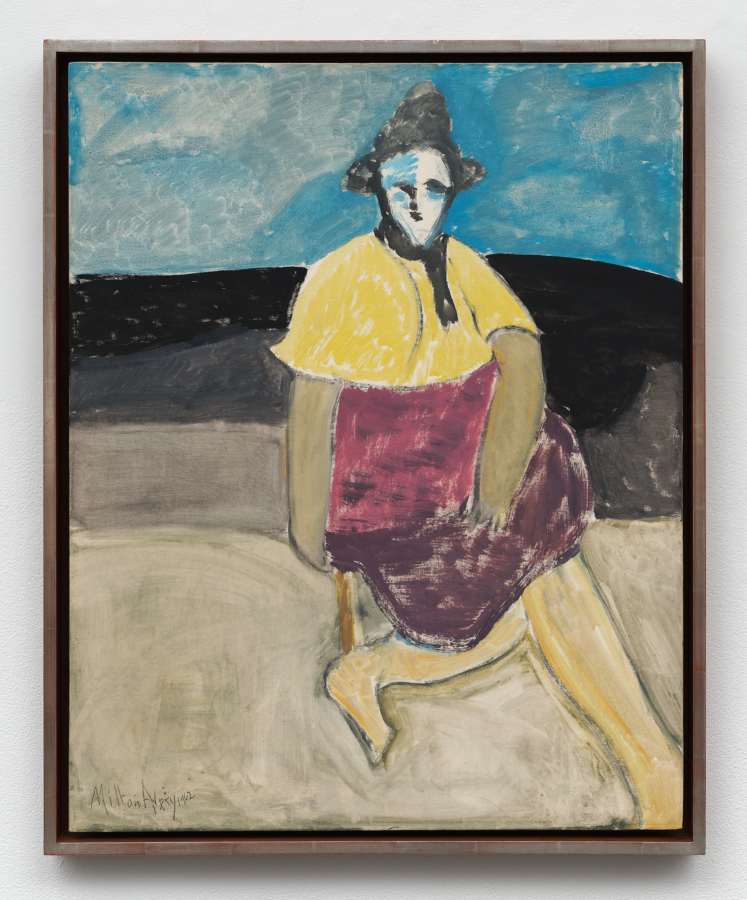May 1, 2008
To make as much sculpture as Paul Lee has for this and his last couple of solo shows, with so few and such humble ingredients – namely, bath towels, lightbulbs, soda cans, tambourines and the occasional pedestal – takes a curious sort of commitment. This show, his West Coast debut, spans both of Peres Projects’s Chinatown locations, including all three floors of the larger, and reveals an artist grappling with the line between the ordinary and the transcendent, struggling to spark little epiphanies (visual, emotional or otherwise) through the obsessive rearrangement of the banal. He succeeds intermittently – which is to say that, artistically speaking, the show would have profited from some editing. There’s something intriguing, however, about the struggle itself, which makes it easy to overlook the more awkward moments.
It’s in the bath towel that Lee finds his most poetic subject: an evocative totem – at once anonymous and personal, universal and intimate – through which to explore the mysteries of the body and erotic interaction. The towels he uses are plain, presumably inexpensive, possibly used. He hangs them on large monochromatic wood panels; sews them into Rothkolike tapestries; cuts them into circular floor rugs; and slings them across low painted-wood pedestals fitted with lightbulbs. They’re simple but associatively rich arrangements. Each is a sculptural presence unto itself, but also the indication of an absence, as intriguing for what it may contain (the traces of a body: skin, hair, scent) as for what it connotes (the presence of that body somewhere nearby).
The towel is emblematic of comfort and relaxation, but also vulnerability and exposure. It speaks to anxieties surrounding desire, hygiene and the proper containment of bodily liquids. In one particularly unsettling floor piece, a jagged grey rock placed in the centre appears to be bleeding into the terrycloth. Formally, the towels also refer to Minimalism and colour-field painting, putting an ironically sensual spin on those movements’ purported relationship to the body of the viewer.
Lee sets himself a more difficult task in the show’s other major body of work – a series of small wall-mounted sculptures involving soda cans wrapped in Xerox images of a young man’s face, lightbulbs, tennis or racquet balls and magnifying glasses, all rigged together with bits of string – given the comparatively synthetic (and grungy) nature of the materials. These have a sultry sort of appeal, touching on issues of masculinity, youth and the homoerotic gaze, but feel more like sketches than anything else. More resonant, ultimately, is the show’s one video: a single-channel projection involving a fixed, downward shot of a moving turntable, with each in a sequence of records painted, to some degree – half or three quarters – with the same face that appears on the soda cans. As the record spins, the sound flips from music to static at quick intervals, suggesting, like the towel pieces, a presence just out of reach, and a similar sense of longing.



